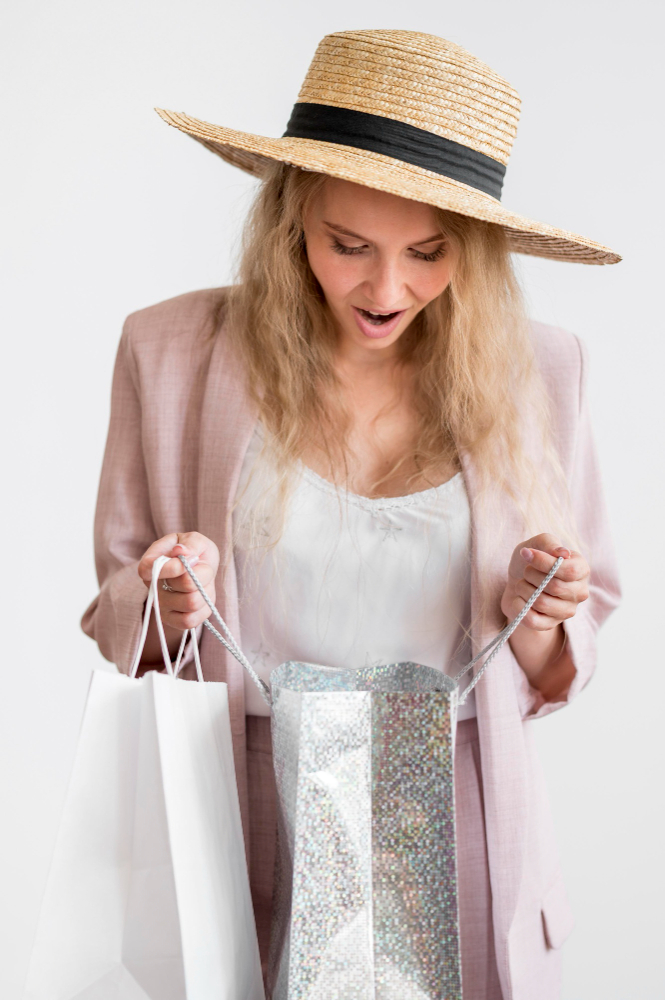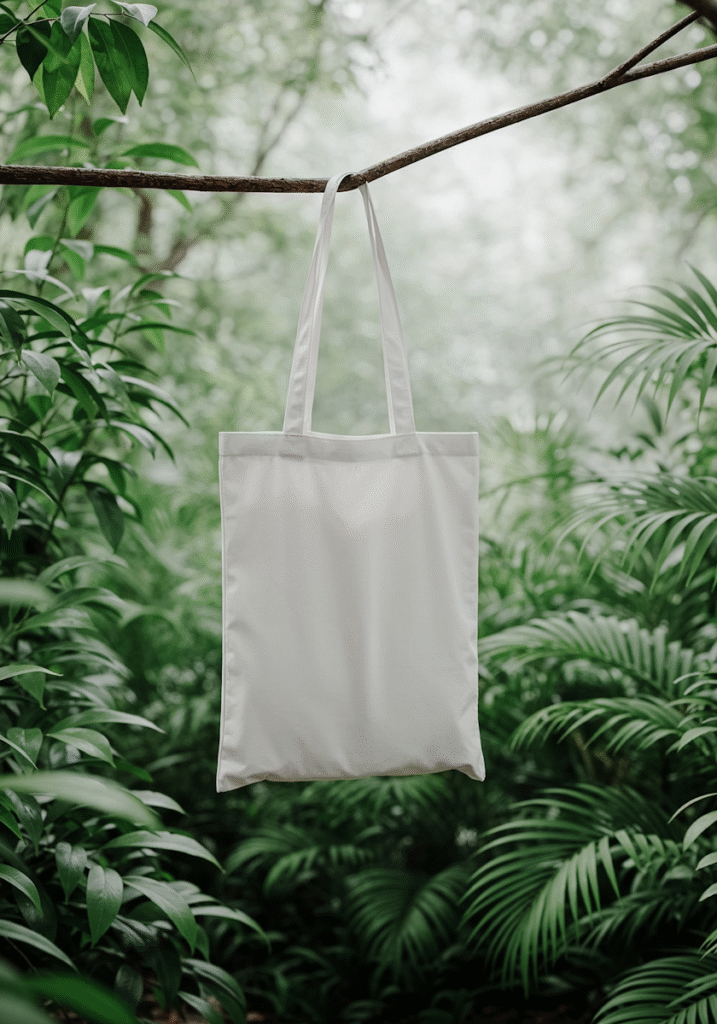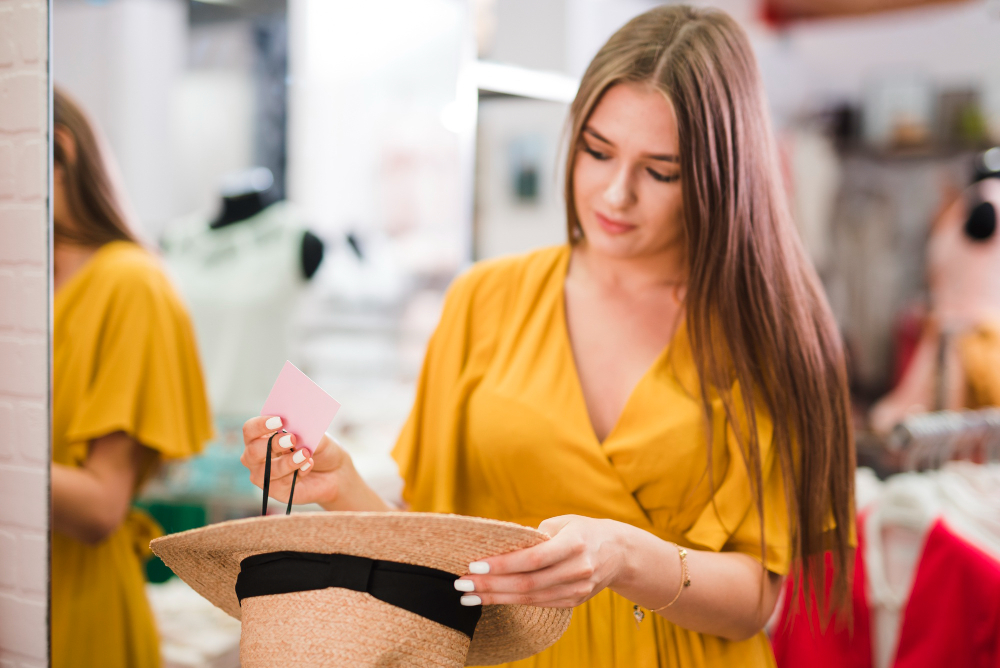Table of Contents
Make a Stylish Impact While Protecting the Planet

In an era when climate change, pollution, and unethical labor practices dominate headlines, the way we shop matters more than ever. The fashion industry is one of the top contributors to environmental damage—but you have the power to make a difference. One impactful choice? Learning how to Shop Eco-Friendly Fashion.
This comprehensive guide will walk you through what eco-friendly fashion truly means, how to identify it, and how you can build a sustainable wardrobe that looks good and does good.
What Does Eco-Friendly Fashion Mean?
To Shop Eco-Friendly Fashion means choosing clothing that has a lower environmental impact and supports ethical production. These garments are made using sustainable materials, energy-efficient methods, and socially responsible practices.
Eco-friendly fashion focuses on:
- Reducing water and chemical usage
- Eliminating waste through recycling and upcycling
- Protecting biodiversity through organic farming
- Supporting fair labor and ethical supply chains
Why You Should Shop Eco-Friendly Fashion

Switching to sustainable shopping isn’t just a feel-good decision—it’s a smart one for your wallet, health, and conscience.
Here’s why it matters:
- 🌎 Protects the Environment: Sustainable materials reduce pollution and conserve resources.
- 👕 Quality Over Quantity: Eco-friendly fashion is often more durable and timeless.
- 🧵 Supports Ethical Practices: Your money supports brands that treat workers fairly.
- ♻️ Reduces Waste: Encourages reuse, recycling, and responsible consumer behavior.
Choosing to Shop Eco-Friendly Fashion can help shift the entire industry toward a more sustainable future.
How to Shop Eco-Friendly Fashion: Step-by-Step
Shopping sustainably doesn’t have to be overwhelming. These practical steps will help guide your journey.
1. Research Sustainable Brands
Before buying, do a quick search. Look for transparency, sustainability goals, and ethical certifications. Some great platforms include Good On You and Eco-Stylist.
2. Check the Fabric Label
Look for natural, organic, or recycled materials like:
- Organic cotton
- Tencel (Lyocell)
- Recycled polyester
- Hemp
- Linen
Avoid synthetic fabrics like virgin polyester and acrylic when possible.
3. Buy Less, Choose Well
Think before you buy. Do you really need it? Can you wear it at least 30 times? A minimalist mindset helps reduce waste and encourages thoughtful purchases.
4. Shop Secondhand or Vintage
Thrifting is one of the easiest ways to Shop Eco-Friendly Fashion. It keeps clothes out of landfills and reduces demand for new resources.
5. Support Local and Small Businesses
Buying from small, local brands usually means less transportation pollution and better oversight of production practices.
6. Look for Certifications
Trustworthy sustainability labels include:
- GOTS (Global Organic Textile Standard)
- Fair Trade Certified
- OEKO-TEX
- B Corp
- Bluesign®
These help verify that a product truly meets eco-friendly standards.
5 Frequently Asked Questions (FAQ)
Q1: Is eco-friendly fashion more expensive?
A: Sometimes, yes. But you’re investing in long-lasting quality and ethical labor. Buying fewer, better items can actually save money over time.
Q2: How can I tell if a brand is greenwashing?
A: Watch for vague buzzwords like “natural” or “green” with no specifics. Legitimate eco brands provide transparency about materials, factories, and impact.
Q3: Is thrift shopping really considered eco-friendly?
A: Absolutely! Buying secondhand extends a garment’s life and reduces the need for new resources—making it a key part of how to Shop Eco-Friendly Fashion.
Q4: What materials should I avoid?
A: Avoid virgin polyester, nylon, acrylic, and other petroleum-based synthetics, especially if they’re non-recycled. These materials shed microplastics and are energy-intensive.
Q5: Can fast fashion brands ever be sustainable?
A: While some offer “conscious” lines, most fast fashion relies on overproduction and low wages. True sustainability is difficult within their business models.
Final Thoughts
Learning how to Shop Eco-Friendly Fashion empowers you to take control of your impact—one outfit at a time. From buying thoughtfully and supporting ethical brands to thrifting and upcycling, every decision counts.
Fashion doesn’t have to cost the Earth. By making small, conscious changes in how you shop, you can help create a cleaner, kinder, and more sustainable future for us all.
Start today. Your closet—and the planet—will thank you.





